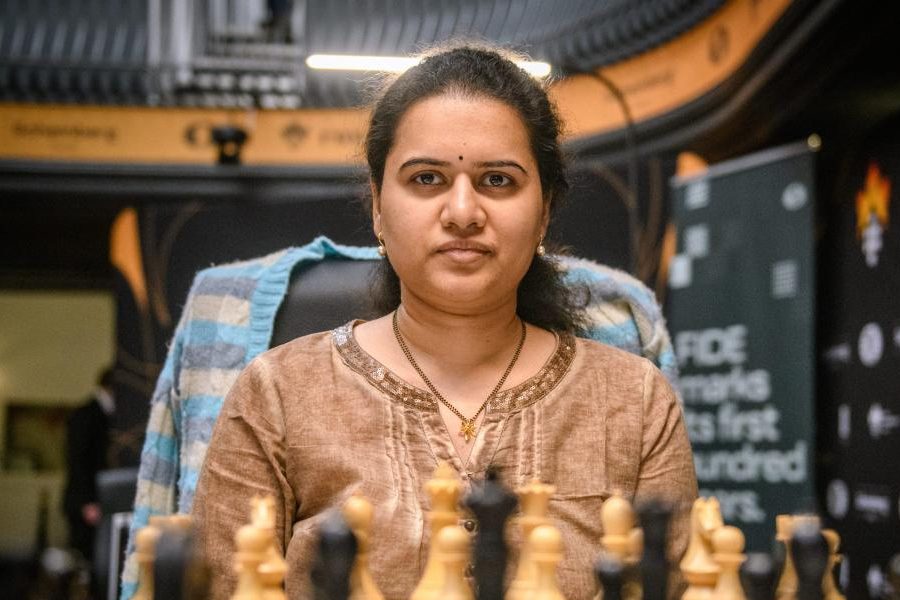India’s apex disease surveillance institution, handicapped by patchy data flow from states, has uploaded on a public dashboard the age distribution of only 2.8 million of the country’s 8.2 million lab-confirmed coronavirus patients.
The dashboard maintained by the New Delhi-based National Centre for Disease Control (NCDC) on Monday featured the age distribution of 2,878,618 Covid-19 patients, or only about 35 per cent of the country’s count of 8,229,313 cases.
The data on other epidemiological parameters covers even smaller fractions. The dashboard featured gender distribution data on 334,471 (4 per cent), urban-rural distribution data on 186,215 (2.3 per cent), underlying health disorders data on only 37,252 (0.5 per cent) of the 8.2 million cases.
Health experts say the dashboard — which has no information on the age distribution of India’s 122,000-plus Covid-19 deaths — illustrates the data gaps that are hobbling research efforts to understand features of India’s epidemic better.
The data on even the geographic distribution of cases appears incomplete. Among the 334,471 cases divided into an urban-rural pie-chart, 28 per cent were classified as urban, 12 per cent as rural and 60 per cent as “unspecified”.
Senior health officials point out that the NCDC — a unit of the Union health ministry — relies on states for epidemiological data and the data reflected on the NCDC portal is based on the timeliness and the completeness of data uploaded by states.
“The epidemiological data is not regularly reported by states, it requires constant efforts from our nodal officers to acquire such data,” Sujeet Singh, director of the NCDC, told The Telegraph. “And the quality of the data also requires periodic communication for verification.”
“The NCDC data is uploaded only after verification — hence there are gaps,” he said.
Medical experts say the gaps in data are hampering efforts to resolve questions such as who is at the greatest risk of dying, how the risk of death in Covid-19 patients in the country changes with age and with comorbidities, or underlying health disorders.
An international study that covered 45 countries, but not India, published on Monday underlined how Covid-19 death data can be combined with population surveys of exposure to the coronavirus infection to assess the trends in infection fatality rates.
The study confirmed that the relative risk of death by age is consistent across the countries, the lowest risk of infection-related deaths among children aged 5-9 years, and the infection fatality rate increased by 0.59 per cent for every five-year increase in age.
The infection fatality rate is the proportion of the dead among all people infected, which is the sum of lab-confirmed cases and people infected by the virus but who did not develop significant symptoms.
“We have refined the age and sex-specific estimates of infection fatality ratio using the latest available data,” Megan O’Driscoll, a research scholar at the University of Cambridge in the UK, told this newspaper. O’Driscoll and her colleagues published their study in the journal Nature.
The study included Covid-19 data from Bangladesh, Pakistan and Thailand, among countries in South Asia. “Unfortunately, we were not able to find national-level age-specific Covid-19 death data for India to include in our analysis,” O’Driscoll said.












